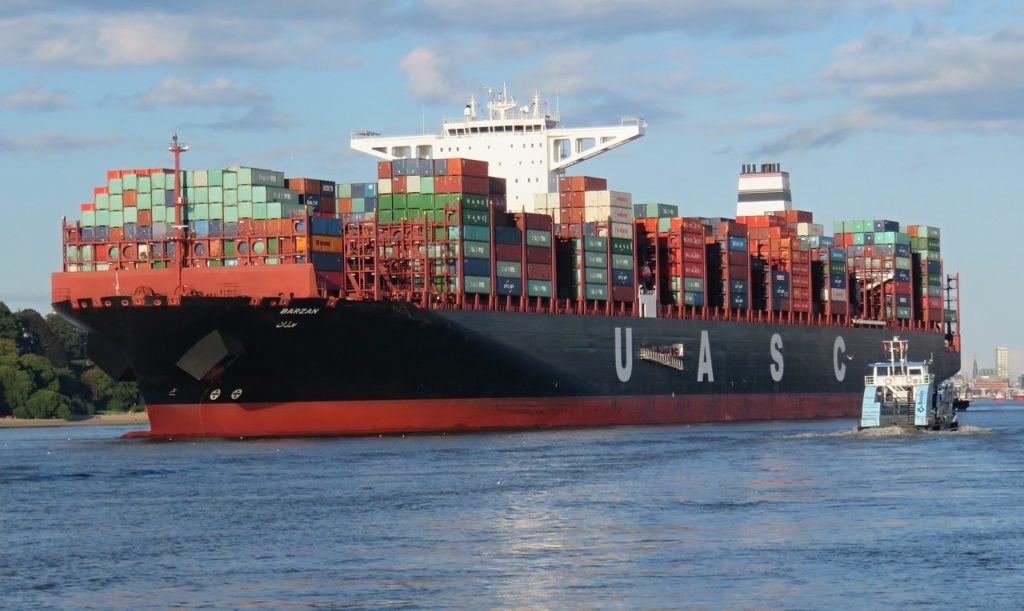Abstract:
Urban mobility transport is usually focused on collective public transport such as metro, train or bus. This is a large exploited model where users have to adapt to the public network offered. Collective public transport has many advantages but flexibility is not one of those. To respond at this drawback, we must talk about on-demand transport services which pursue improving flexibility by adapting the offer to the demand. User’s flexibility lead to a complex effectiveness from operator’s point of view that have to be smartly managed.
On-demand transport services are a different way to solve mobility issues. Taxis are probably one of the best examples of on-demand transport services, but nowadays sharing systems are arising and increasing its presence in urban scenarios. Sharing systems constitute a collaborative mobility system in which users don’t have the ownership of the vehicle, yet they share the use of a vehicle from a fleet. This mobility system can be formed by cars, motorbikes or bikes powered either by electricity or conventional energy systems, thus presenting a wide range of options for users to cover their needs and a large variety of niches for transport operators and companies.
Nevertheless, these on-demand systems present a series of concerns and challenges that policy makers, operators and companies have to deal with to optimize the service and its productivity. On the one hand, the efficiency of the taxi service is crucial to ensure its profitability and reduce its externalities. As an example, real data used in this study shows that 47.4% of the daily mileage of the taxi in Barcelona is made in vacant, and that during the 62.1% of the service time (i.e., 31 min per hour) the taxi has no customer. On the other hand, sharing systems are usually less known by citizens, while they present important challenges for operators like the sizing and the managing of the fleet and its costs, the use of public space and the energy consumption.
In this context, the aim of this paper is to propose some models that should be used as smart tools for agencies and police makers to figure out a first approach for a taxi or a carsharing fleet to ensure an optimal and smart performance of its resources. In order to better manage scarcity resources such as public space, vehicles and energy, we proposed two analytical models for taxis and sharing systems to optimize the fleet offered. The results should be addressed to set optimal guidelines and regulations for taxi and sharing services.
Taxi system has 3 different operative services: hailing, dispatching and stand. Throughout the formulation proposed for each case, we can compute the optimal fleet required at any case improving the efficiency of the whole system.
For the sharing model we apply a parallel methodology based on an analytical formulation adapted to the different operation scheme that a sharing system may present. This paper focus on a one-way sharing system, where users are allowed to pick up their vehicle at an initial depot and then return it to any other depot at the end of their ride.
The models are applied to the use case of the city of Barcelona. By means of a few decision variables and making some demand hypothesis, the model states the appropriate design and management for taxi and sharing fleets to operators and companies in this urban context. Furthermore, to test the models we use real data provided by executed projects and existing mobility services. A sample of monitored taxis provided by the IMET (Metropolitan Taxi Institute) enables us to gather data to contrast productivity and profitability values such as the average hourly number of trips (1.75) and incomes (17,78 €/h) or the time between two consecutive services (24 min). While for a sharing system, the Bicing (bike-sharing system in Barcelona) offers us values such as the average time per trip (around 13 min) and other remarkable inputs to define the system. This study is oriented to analyze the feasibility and the impact of the introduction of the electric car-sharing in Barcelona.
This paper and its contributions are part of the project ENTROPIA funded by the Spanish Government and several projects for the Barcelona municipality.










